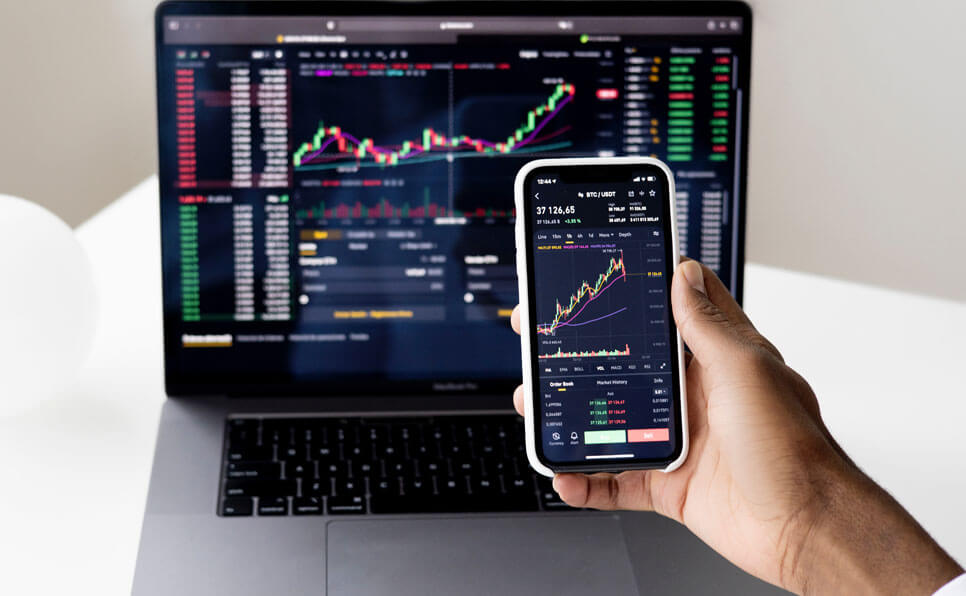As we round out 2025, several major trends are shaping where the U.S. capital is going, what sectors are favored, and what risks are emerging. Below are key areas investors should keep close tabs on—and how to position for them.
1. IPO Resurgence — But It’s Fragile
After a sluggish period, U.S. IPO activity has begun to pick up again.
-
In Q2 2025, there was a ~33.8% increase in the amount raised through U.S. IPOs compared to Q1. S&P Global
-
There were 59 IPOs raising about US$15.02 billion in the quarter, up from 45 IPOs raising US$11.23 billion in Q1. S&P Global
-
However, analysts warn that while momentum is building, the IPO market remains sensitive: valuation concerns, macroeconomic uncertainty, inflation, rising interest rates, and trade policy risks could all make the window close quickly. S&P Global+1
What to Watch / Do:
-
Look closely at fundamentals and unit economics of IPO companies, especially in fintech, AI, and green energy.
-
Be cautious about overpaying: recent IPOs may come with premium valuations due to hype.
-
Use IPOs for exposure—but diversify, since volatility tends to be high post-listing.
2. Clean & Renewable Energy: Growth + Policy-Driven Risks
Renewable energy remains one of the most attractive sectors for U.S. investors, supported by strong policy, regulatory incentives, and declining costs of solar, wind, and battery storage.
-
In 2024, renewables (including wind, solar, geothermal, hydropower) plus battery storage accounted for ~90% of the new power generation capacity added in the U.S. World Resources Institute
-
Solar capacity in particular is growing fast. Battery storage is also surging, nearly doubling in 2024 compared to previous years. World Resources Institute
-
Foreign and domestic investments in clean energy are also rising. The U.S. has been a top destination for renewables in terms of foreign direct investment. Trade.gov+1
What to Watch / Do:
-
Monitor changes in federal incentives (tax credits, grants), as policy shifts can quickly change returns.
-
Focus on companies and projects with strong execution, realistic timelines, and dependable cost structure (solar + storage, offshore wind, etc.).
-
Given rising electricity costs and demand (for example AI / data centers), also keep an eye on energy infrastructure, transmission lines, and grid resiliency plays.
3. Industrial & Manufacturing Renaissance
A wave of industrial investment is underway in the U.S., which may reshape long-term growth patterns.
-
Major manufacturing and production investments are being made in semiconductor fabrication, biotech / pharma, and supply chain onshoring. For example, TSMC (Taiwan Semiconductor) is building a large facility in Arizona. CapitalGroup NACG+1
-
Companies like Eli Lilly are investing billions in new drug development and manufacturing centers domestically. CapitalGroup NACG
This shift is driven by concerns over supply chain resilience (post-pandemic disruptions), national security, trade tensions, and incentives from government programs.
What to Watch / Do:
-
Evaluate companies in sectors benefitting from government support (e.g. semis, pharma, clean manufacturing).
-
Infrastructure and industrial supplier companies could see tailwinds.
-
Keep tabs on policy changes—tariffs, subsidies, tax incentives—that may affect where factories locate and which states benefit.
4. Inflation, Interest Rates & the Yield Environment
Across asset classes, inflation and interest rates continue to be central concerns.
-
Rising energy costs (including electricity), inflation pressures globally, and shifts in monetary policy (or expectations thereof) are influencing both equity and bond markets. Financial Times+1
-
Investors are more cautious about valuation multiples especially in growth stocks. Yield curves and real interest rates are becoming important indicators.
What to Watch / Do:
-
Consider diversifying into assets that do well in higher rate environments (short duration bonds, floating rate debt, real assets, inflation-linked securities).
-
Keep an eye on policy makers (Federal Reserve, Treasury) — their decisions on rates, stimulus, spending will influence markets significantly.
-
Beware of over-leveraged companies or sectors—higher borrowing costs can magnify risks.
5. Real Estate & Logistics — Still Strong
Logistics, industrial real estate, and property tied to e-commerce are drawing investment.
-
Demand for warehouse/distribution spaces (e.g. for Amazon, logistics, cold storage) remains strong, especially in key states.
-
Investors are also watching repurposing of real estate for data centers and clean energy infrastructure.
What to Watch / Do:
-
Identify regions with favorable zoning, infrastructure, and workforce for industrial RE.
-
Consider real estate investment trusts (REITs) focused on logistics/data/infrastructure.
-
Also monitor risks from rising cost of materials, interest rates, and property taxes.
6. Fintech & WealthTech IPOs + Automation
Fintech companies are again coming to the IPO stage, with platforms emphasizing low fees, automation, and AI‐assisted decision tools.
-
One example: Wealthfront filed for a U.S. IPO, showing higher revenue in its 2025 filing. Reuters
-
Investors are particularly interested in platforms that offer seamless UX, lowered friction in investing, AI / machine learning based tools, etc.
What to Watch / Do:
-
Vet fintech companies based on regulatory compliance, business models (how they make money), and margin sustainability.
-
Because fintech is competitive, look for those with differentiation: niche markets, technology advantage, or regulatory moats.
-
Pay close attention to regulations (consumer protection, data privacy, financial stability etc.), which can shift rapidly.
7. Clean Energy vs. Fossil Fuel Transition — Tensions & Trade-Offs
Even as clean energy grows, there are growing tensions around costs, fossil fuel policy, and political risk.
-
U.S. states and agencies are supporting some revival of natural gas / fossil infrastructure (for energy security, backup capacity). Houston Chronicle
-
Meanwhile, there are worries about electricity costs rising (in part because of demand from AI / data centers) hurting consumers, potentially causing regulatory or political backlash. Financial Times
What to Watch / Do:
-
Investors will need to balance portfolios: having exposure to energy transition, but not being blindsided by regulatory or political shifts that favor fossil fuels again in some regions.
-
Energy companies that can integrate renewables, storage, or low-carbon tech may outperform peers.
Where to Position Now: Suggested Moves
Given these trends, here are some ways to position a U.S.-focused investment portfolio in late 2025:
| Strategy | Possible Asset Types / Focus Areas |
|---|---|
| Growth + Innovation Tilt | Fintechs going public, AI-enabled platforms, renewable energy developers, companies involved in semiconductors / advanced manufacturing. |
| Value / Defensive Plays | Industrial firms with solid cash flow, utilities, energy infrastructure, REITs in logistics or storage, inflation-protected securities. |
| Diversification into Real Assets | Clean energy, solar + storage, offshore wind, infrastructure projects, possibly farmland or data-center real estate. |
| Stay Liquidity-Aware | Choose investments that allow flexibility—short and medium-term bonds, ETFs, avoid over-concentration in speculative IPOs. |
| Policy-Sensitive Picks | Companies or funds that benefit from government incentives (renewable tax credits, manufacturing subsidies) but run conservative risk if policies shift. |
Key Risks to Watch
-
Regulatory/Policy Reversals: Changes in tax law, environmental regulation, or subsidy programs could dramatically alter expected returns.
-
Valuation Compression: With interest rates still elevated, high-multiple growth companies are vulnerable.
-
Supply Chain / Inflation Pressures: For manufacturing and energy projects, cost overruns or delays remain a concern.
-
Geopolitical / Trade Risks: Tariffs, foreign supply dependencies, geopolitical tensions can add uncertainty.
-
Infrastructure Bottlenecks: Transmission grid, permitting & environmental approvals could slow renewable project growth.
Conclusion
The U.S. investment landscape in late 2025 is dynamic: IPO activity picking up, clean energy surging (but with policy and cost challenges), and industrial & manufacturing sectors seeing renewed investment. Investors who move with agility—balancing growth, value, risk, and regulatory intelligence—will likely benefit the most.

